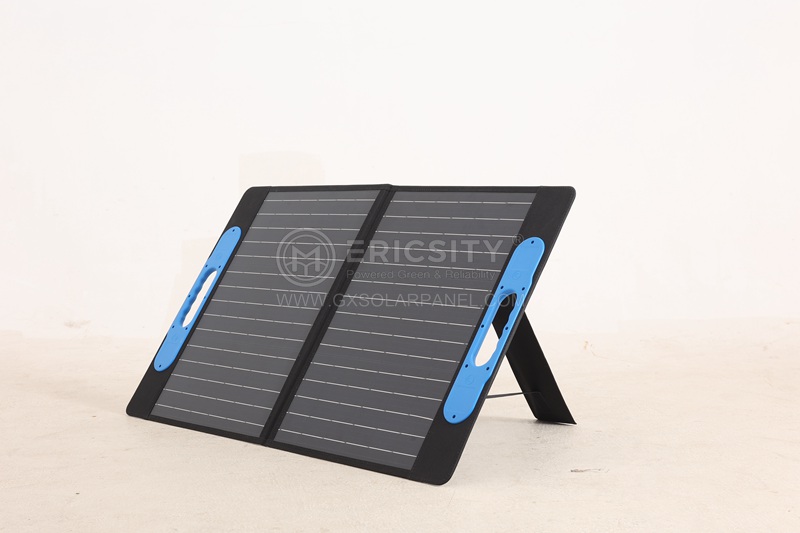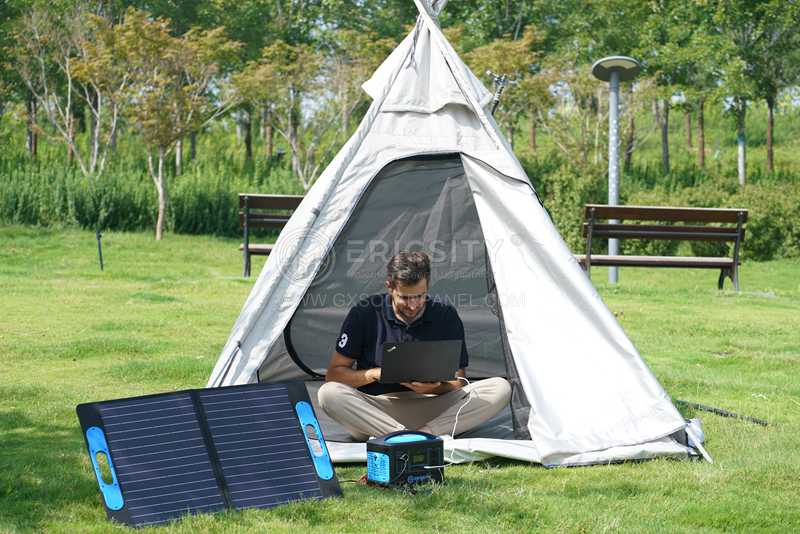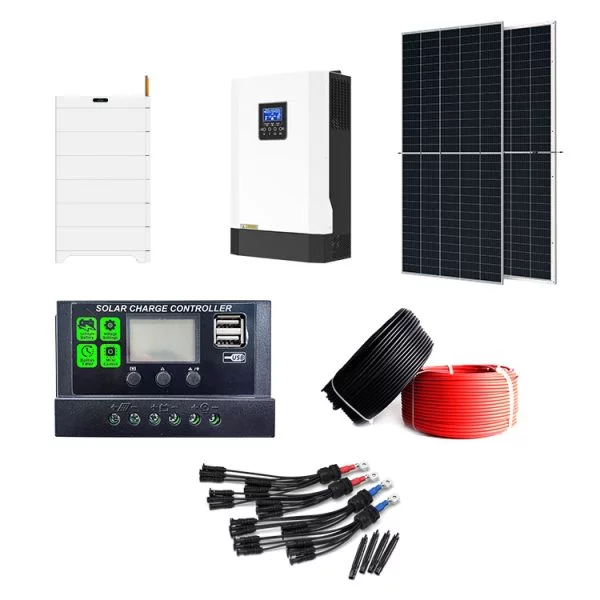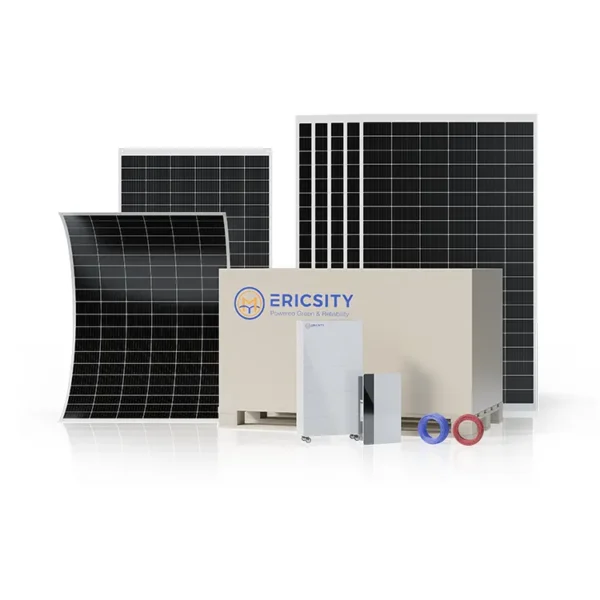HOT PRODUCT
Product Details
The Efficiency Of Flexibility: Advantages Of 160w Panels
Title: The Efficiency of Flexibility: Advantages of 160W Panels
Introduction (100 words):
Solar energy has become a vital source of renewable power, and the efficiency of solar panels plays a crucial role in harnessing this abundant resource. One type of panel that is gaining popularity due to its superior adaptability and efficiency is the 160W panel. In this article, we will explore the advantages of 160W solar panels, highlighting their flexibility, increased energy production, and cost-effectiveness. By understanding the benefits of these panels, we can successfully harness the power of the sun and contribute to a sustainable energy future.
1. Enhanced Flexibility (150 words):
When it comes to solar installations, space constraints can pose a challenge. This is where the flexibility of 160W panels shines. With their compact size, these panels offer greater flexibility for installation in various locations, such as residential rooftops, commercial buildings, and even recreational vehicles. Their lightweight design also ensures hassle-free transportation and installation.
Furthermore, 160W panels can be easily mounted with either fixed or adjustable mounting systems, allowing for optimal tilt and orientation adjustments. This flexibility maximizes exposure to sunlight throughout the day, resulting in higher energy production. The ability to adapt to different installation settings makes 160W panels a versatile solution for both urban and remote areas, opening up opportunities for solar energy generation in previously untapped locations.

2. Increased Energy Production (200 words):
The performance of solar panels is typically measured by their power output, and 160W panels excel in this aspect. When compared to panels with lower wattage, the increased power capacity of 160W panels ensures higher energy production for every square meter of the solar array.
One of the reasons behind this enhanced performance lies in the advanced technology incorporated into these panels. Innovations such as high-efficiency solar cells and anti-reflective coatings improve light absorption, enabling the panels to convert more sunlight into electricity. This increased conversion efficiency directly translates into greater energy output, allowing users to generate a significant amount of clean energy and reduce reliance on conventional power sources.
3. Cost-Effectiveness (200 words):
The financial aspect of solar panel installations is a critical consideration for residential and commercial consumers. 160W panels offer several cost-effective advantages that make them an attractive choice. Firstly, their smaller size allows for a reduced installation footprint, lowering associated mounting and labor costs. Additionally, the improved efficiency of these panels ensures maximum power generation, translating into higher overall energy savings.

Furthermore, 160W panels have a relatively short payback period compared to panels with lower wattage. As they produce more electricity for the same installation area, the investment in 160W panels results in a faster return on investment due to increased energy bill savings.
Conclusion (50 words):
The versatility, increased energy production, and cost-effectiveness of 160W solar panels make them a compelling choice for anyone seeking to adopt solar energy solutions. By harnessing their flexibility and efficiency, individuals and businesses can contribute to a sustainable future while reaping the benefits of clean, renewable energy.




